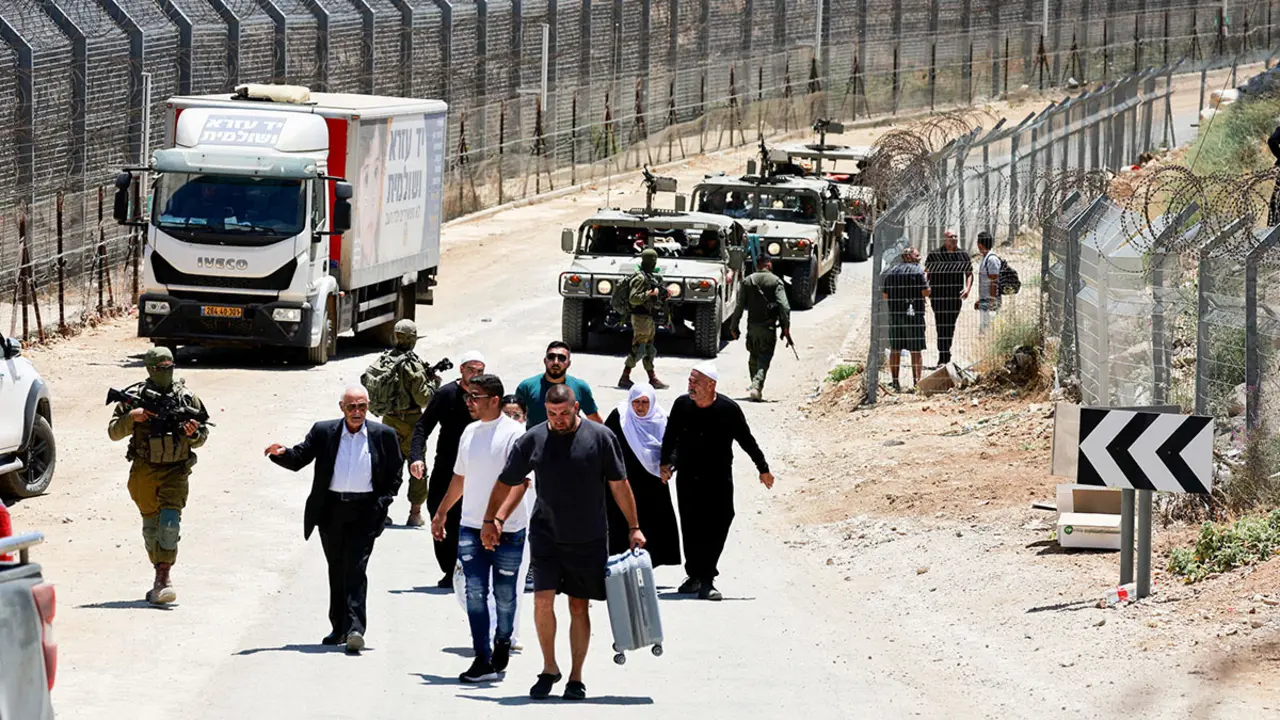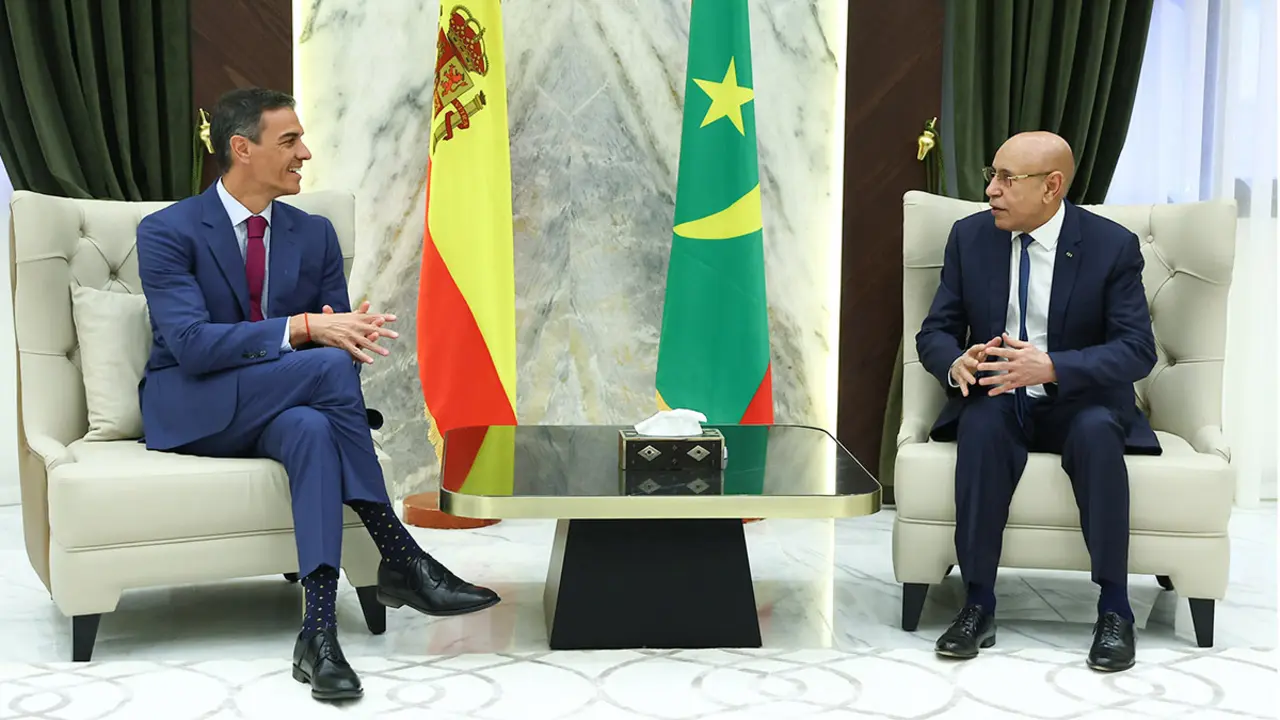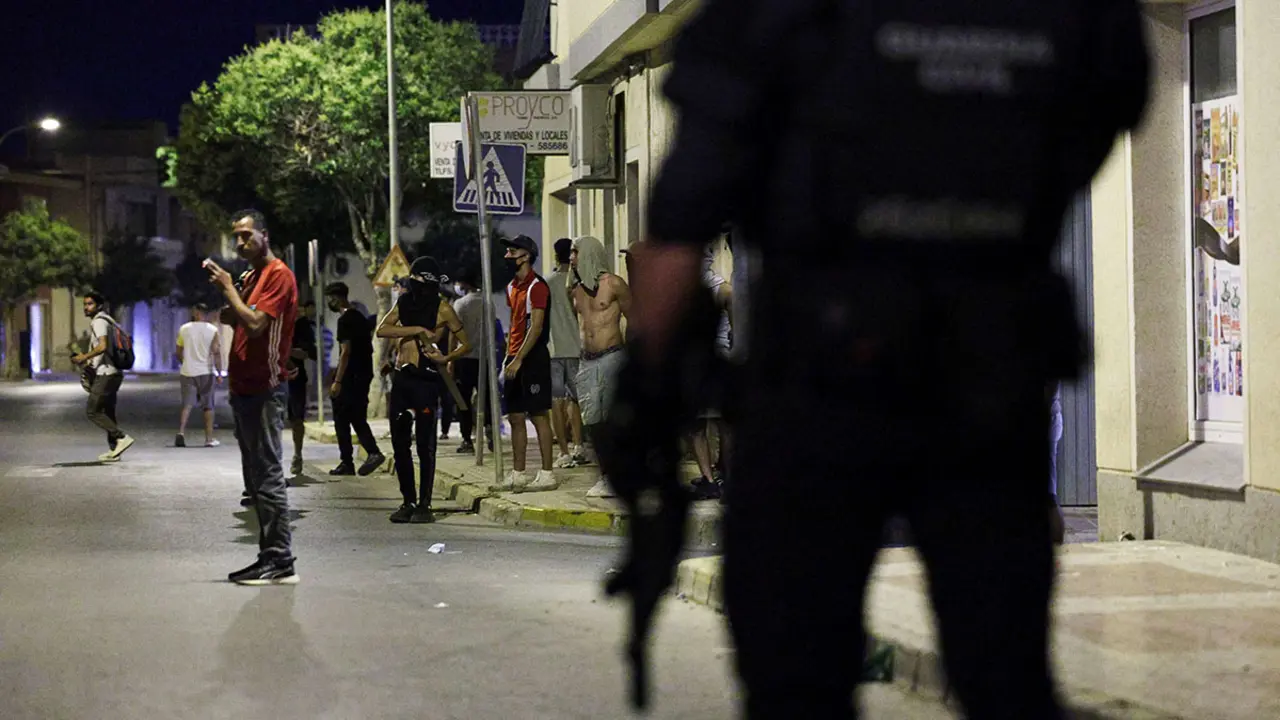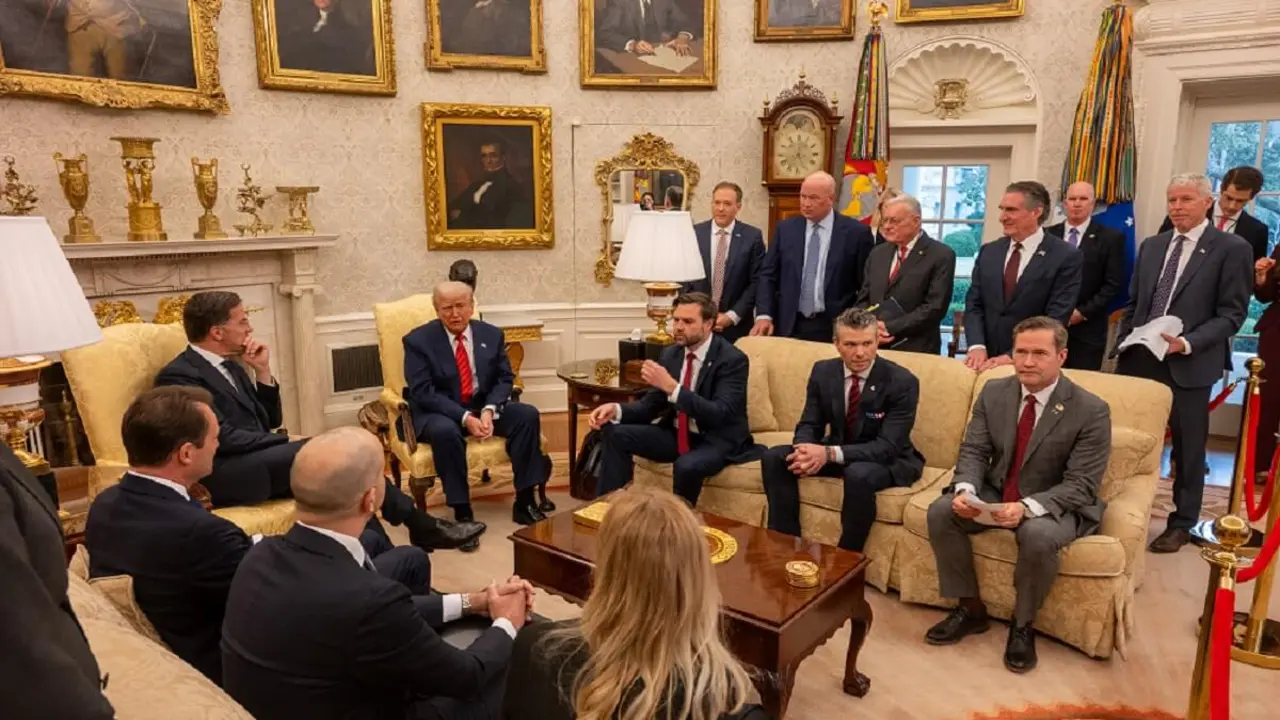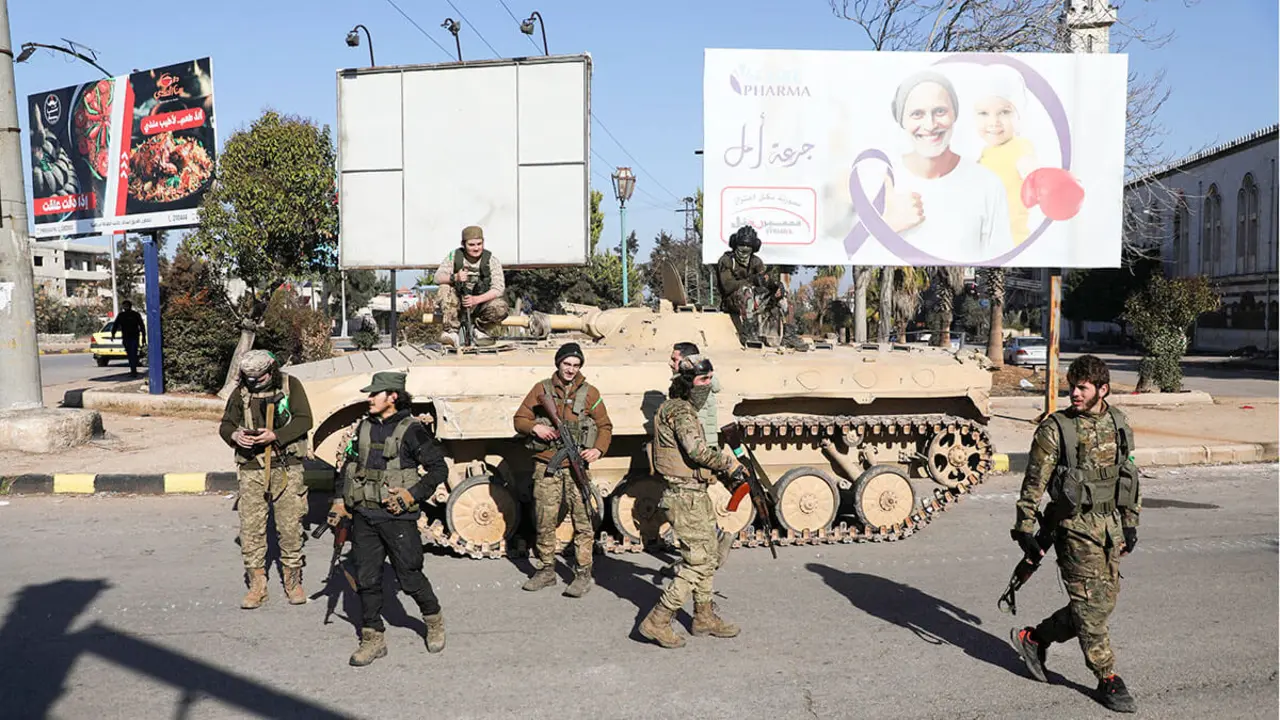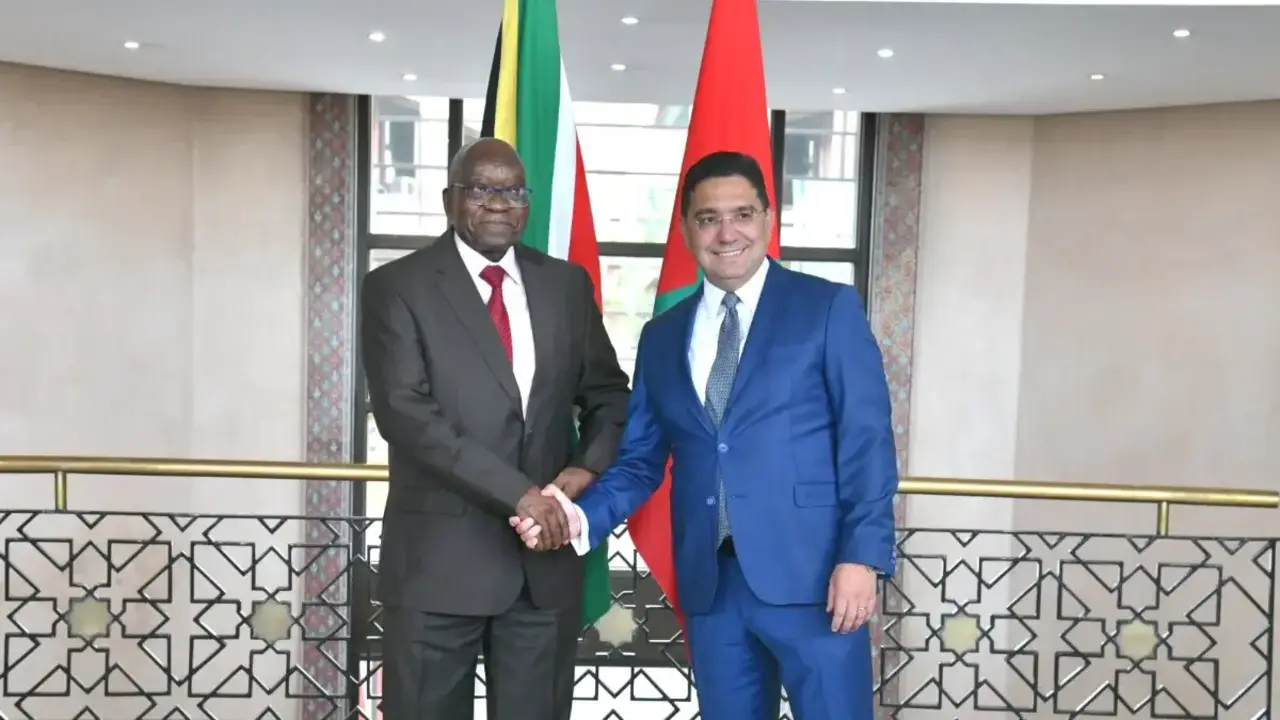Sudan's army-paramilitary conflict at a glance

The paramilitary group Rapid Support Forces (RSF) and the Sudanese army have accused each other of attacking their respective units after weeks of tension between the two sides, in what is a serious escalation in the country and has been described as a "rebellion" by the armed forces.
The clash comes just a day after the vice president of the Sudanese Sovereign Council and leader of the FAR, Mohamed Hamdan Dagalo, alias "Hemedti", expressed his willingness to seek a solution to the escalating tension with the Armed Forces in order to avoid "bloodshed".
#Sudan ??: residents of #Khartoum woke up this morning to the sound of gunfire and plumes of smoke rising into the air as clashes appear to have erupted in the capital city.
— Thomas van Linge (@ThomasVLinge) April 15, 2023
These armed confrontations follow weeks of rising tensions between the SAF and RSF military factions. pic.twitter.com/QXQXRsGnzi
Tension erupted last Thursday morning, when the army denounced the deployment of the FAR in Khartoum, which was carried out without the consent of the armed forces and generated "a wave of panic and fear among citizens".
These are some of the keys to understanding how this conflict between the paramilitary group Rapid Support Forces and the Sudanese army came about.
Clear footage of a Sudanese Air Force MiG-29SE in action against the RSF over #Khartoumpic.twitter.com/CKJ56CA47h
— Cᴀʟɪʙʀᴇ Oʙsᴄᴜʀᴀ (@CalibreObscura) April 15, 2023
The Rapid Support Forces are a paramilitary force created by former Islamist president Omar al-Bashir and dependent on Sudanese intelligence. Since its reconversion in 2013, it has been led by Hemedti, who after the coup d'état of 2021 is the vice president of the Sovereign Council and number two in the army.
The FAR was born out of the Janjaweed militia, accused of committing mass killings and rapes in the Darfur conflict (2003-2008), and after the overthrow of Al Bashir in April 2019, it was reconverted into a regular military force.
The group was also accused of murdering and kidnapping pro-democracy protesters during the so-called Sudanese revolution, which overthrew the ex-dictator's regime after three decades in power.
#Sudan ?? BREAKING: #RSF forces have stormed #Khartoum international Airport. pic.twitter.com/t5RPQhG0tm
— Thomas van Linge (@ThomasVLinge) April 15, 2023
Sudan is immersed in a process of democratic transition with the aim of putting an end to the political crisis unleashed after the coup d'état in October 2021, with which the military leader Abdelfatah al Burhan -together with Hemedti- deposed the transitional civilian government that led the country after the Sudanese revolution.
On 8 January, the final phase of the political process began between the signatories of the "framework agreement", reached on 5 December between the military and civilians, which defined the steps to establish a civilian government to replace the current military government.
However, the signing of the final political agreement between the different parties involved in Sudan's transition process, which was scheduled to be initialled on 1 April, was postponed on two occasions due to a lack of consensus on the creation of a unified army with the FAR.
As a show of force to RSF (Rapid Support Forces) Rebels who have staged a coup against #Sudan's government, a Sudanese Air Force's MiG-29SE is flying low over #Khartoum. Its pilot has launched multiple unguided rockets at the trucks and vehicles of the rebels. pic.twitter.com/ozktjQJgEW
— Babak Taghvaee - The Crisis Watch (@BabakTaghvaee1) April 15, 2023
Al Burhan, also president of the Sudanese Sovereign Council - the highest governing body after the uprising - warned at the end of March that unifying the army was one of the points of the framework agreement reached between the military and civilians to resolve the crisis in the country, a process that would be "long and complicated".
According to the agreement, the Sudanese armed forces will only be subject to "civilian authority" in order to avoid politicisation, while Hemedti stated that the reform of the military and security institutions "needs modernisation and updating of legislation".
To create a unified national army with the integration of other paramilitary units, such as the Rapid Support Forces, a military and security reform workshop was held half a month ago, which also separates the army from political life and the country's economic, commercial and investment activities.
However, tensions increased between the FAR and the Sudanese Armed Forces after the workshop due to divergences between the two leaders, which is the main stumbling block that has not been signed and continues to delay the expected final agreement to complete the transition.
The main problem for such integration is that the FAR is a group with tribal loyalties - the fighters come from the Riezigat tribe, originally from Chad - and that during the years of conflict they have amassed large fortunes by forcibly seizing gold mines, Sudan's main resource.
Terrified passengers taking cover in the airport as #Sudan’s army and the paramilitary Rapid Support Forces (RSF) fight each other for control of sites in the capital #Khartoum . The conflict follows days of tension between the army and the powerful RSF. pic.twitter.com/ldZkEDlf0o
— Donatella Rovera (@DRovera) April 15, 2023
The rift between the Sudanese army and the FAR dates back to 2019, when the latter was accused of being the visible arm of the repression that killed hundreds of demonstrators who camped in front of the army headquarters in protests that led to the fall of Al Bashir.
The opposition platform Forces for Freedom and Change then called for its disbandment and recalled that this group committed crimes against humanity in Darfur.
It was then that Hemedti affirmed that the eviction of this sit-in "was a trap and the target was the FAR", who, according to the leader of this armed group, were victims of officers of different ranks, although he did not formally accuse the army.
The sum of these situations hinders the effective integration of the FAR into the Sudanese national army, despite the attempts and commitments announced by both Al Burhan and Hemedti.


